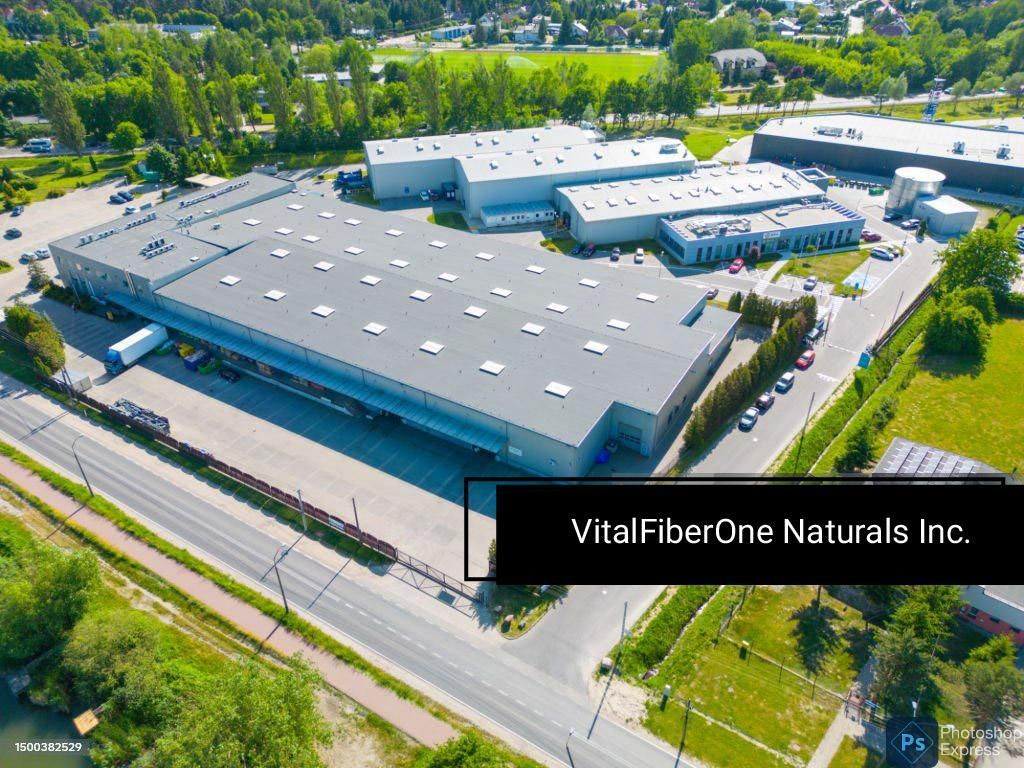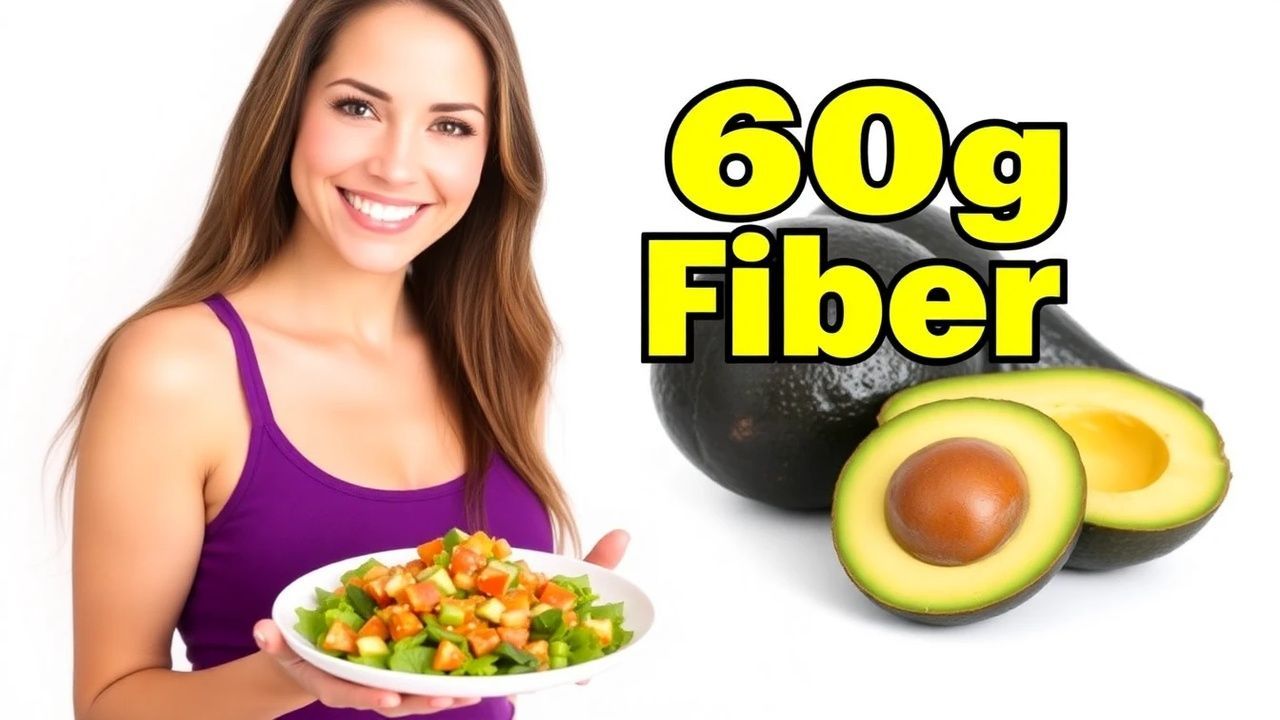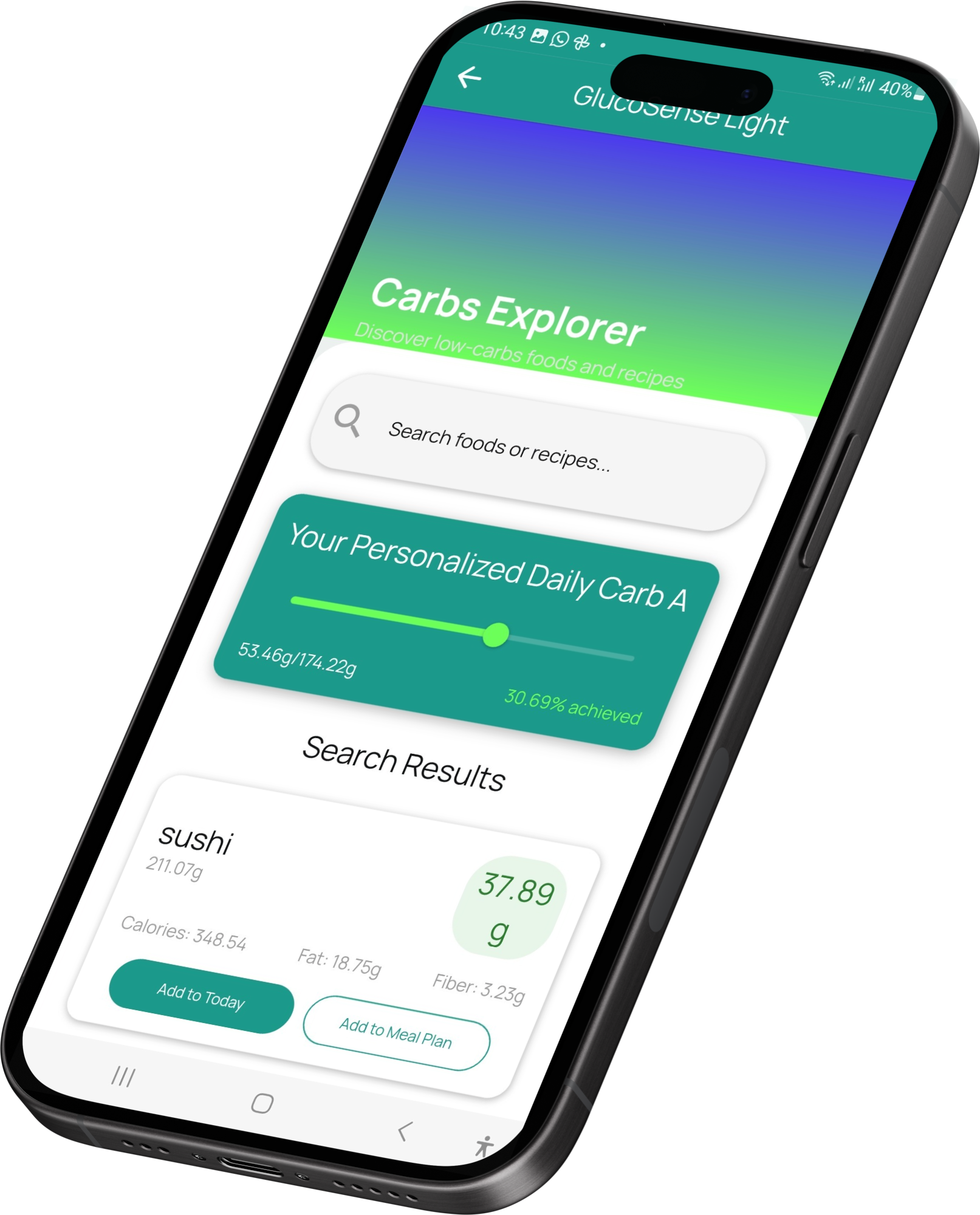Blog-Layout
The Ultimate Guide to Boosting Your Health with a High Fiber Diet
Dr. Emma Thompson • February 26, 2024
The Ultimate Guide to Boosting Your Health with a High Fiber Diet

In the ever-evolving world of nutrition and wellness, one timeless champion of health stands out—fiber. Frequently lauded as a cornerstone of a wholesome diet, fiber is the unsung hero of our digestive system and beyond. This Ultimate Guide to Boosting Your Health with a High Fiber Diet is your ticket to understanding the immense benefits of fiber, learning how to effectively incorporate more into your diet, and unlocking the secret to a healthier life.
Why Fiber is Fundamental to Your Health:
Fiber comes in two primary forms, soluble and insoluble, both playing unique and vital roles in our well-being. Soluble fiber, found in acacia fiber, oats, legumes, and fruits, aids in reducing cholesterol and regulating blood sugar levels. Insoluble fiber, abundant in whole grains and vegetables, maintains digestive health by promoting regular bowel movements and preventing constipation.
The Surprising Benefits of a High Fiber Diet:
1. Weight Management: High fiber foods are less energy-dense, meaning they have fewer calories for the same volume, keeping you full longer.
2. Blood Sugar Control: By slowing the absorption of sugar, a high fiber diet can help stabilize blood glucose levels.
3. Heart Health: Regular intake of fiber has been linked to a reduced risk of heart diseases.
4. Digestive Wellness: Fiber aids in maintaining a healthy digestive tract and promoting gut health.
5. Reduced Cancer Risk: Some studies suggest dietary fiber might lower the risk of certain cancers, including colon cancer.
How to Integrate More Fiber into Your Diet:
Boosting your dietary fiber doesn't require drastic changes. Here's how to seamlessly increase your intake:
1. Start with Breakfast: Choose a high-fiber breakfast cereal or add a sprinkle of bran to your morning smoothie.
2. Smart Snacking: Opt for raw vegetables, nuts, or fruits instead of processed snacks.
3. Love Your Legumes: Incorporate beans, lentils, and chickpeas into salads, soups, and stews.
4. Whole Grains for the Win: Swap out white bread, pasta, and rice for their whole-grain counterparts.
5. The Power of Produce: Aim to fill half of your plate with vegetables at lunch and dinner.
Tips for a Smooth Transition:
Adding fiber to your diet should be gradual to allow your body to adjust. Too much fiber too fast can lead to discomfort. Here are expert tips for a smooth dietary transition:
1. Incremental Increase: Start by adding an additional serving of fiber-rich foods to your diet each day, gradually over several weeks. For instance, introduce an extra portion of vegetables at dinner or a piece of fruit for an afternoon snack.
2. Stay Hydrated: As you increase your fiber intake, it's essential to drink more water. Fiber works best when it absorbs liquid, which helps to prevent digestive discomfort and promote regularity.
3. Mix It Up: Keep your fiber sources diverse. Eating a wide variety of fiber-rich foods not only combats dietary boredom but also ensures a broader range of nutrients.
4. Chew Thoroughly: Take your time to chew fiber-rich foods well. Not only does this help with digestion, but it also enhances satiety and enjoyment of your meals.
5. Listen to Your Body: Everyone’s digestive system reacts differently to increased fiber. Pay attention to your body's cues and adjust your intake as necessary.
Implementing a High Fiber Diet: A Week's Sample Menu:
To help you get started, here’s a simple weekly plan that incorporates high fiber at every meal.
Monday:
- Breakfast: Overnight oats topped with chia seeds and berries.
- Lunch: Quinoa salad with mixed greens, chickpeas, and an array of chopped veggies.
- Dinner: Grilled chicken with a side of roasted brussels sprouts and sweet potatoes.
Tuesday:
- Breakfast: Smoothie with spinach, banana, almond butter, and ground flaxseed.
- Lunch: Turkey and avocado wrap with whole wheat tortilla and a side of carrot sticks.
- Dinner: Baked salmon with a side of brown rice and steamed broccoli.
Continue this pattern, incorporating a variety of fiber-rich foods and recipes to keep your meals exciting and nutritious.
Conclusion:
Embracing a high fiber diet could be one of the most beneficial decisions for your health and well-being. With a multitude of benefits ranging from weight management to reducing the risk of chronic diseases, fiber is an essential component of a healthy diet. By following this ultimate guide, you can easily and deliciously boost your health with the power of fiber.
Remember, as you venture into this fiber-rich journey, the key is to start slow, stay consistent, and be mindful of your body's adjustment. With each step, you’re paving the way to a more vibrant and nourished life. Are you ready to give your health a fiber boost?

By VitalFiberOne Naturals Inc.
•
February 8, 2025
Revolutionize your diabetes care with the power of AI! Introducing GlucoAI Precision Technology, a game-changing innovation that's transforming the way we manage diabetes. This cutting-edge technology uses artificial intelligence to provide personalized insights and precise glucose monitoring, empowering individuals to take control of their health. Say goodbye to guesswork and hello to data-driven decision making. Learn how GlucoAI is revolutionizing diabetes care and improving lives.

By VitalFiberOne Naturals Inc.
•
January 24, 2025
Making grocery shopping a breeze for diabetics! GlucoSense is revolutionizing the way people with diabetes shop for groceries. With its innovative technology, GlucoSense makes it easy to identify and purchase diabetes-friendly food products. Say goodbye to hours of research and label-reading, and hello to a stress-free shopping experience. In this video, we'll show you how GlucoSense is changing the game for diabetics and making healthy grocery shopping a whole lot easier. Whether you're living with diabetes or know someone who is, this video is a must-watch!

By VitalFiberOne Naturals Inc.
•
December 20, 2024
Are you tired of feeling uncertain about your diabetes management? Do you have burning health questions that need answers? In this blog, our panel of diabetes experts are here to provide you with the clarity and confidence you need to take control of your health. From understanding blood sugar levels to managing medications and diet, our experts will cover it all. Get ready to have your most pressing questions answered and start living your best life with diabetes. Whether you're newly diagnosed or have been living with diabetes for years, this video is for you. So sit back, relax, and let's dive into the world of diabetes management together!

By VitalFiberOne Naturals
•
December 18, 2024
Indulge in the flavors of the Middle East with our Fiber Rich Baked Falafel recipe, served with a side of creamy Tahini Sauce! In this video, we'll show you how to make crispy on the outside, fluffy on the inside falafel using chickpeas, herbs, and spices, all while keeping it healthy and fiber-rich. The perfect vegetarian snack or meal option. Our tahini sauce recipe is a game-changer, made with tahini paste, garlic, lemon juice, and olive oil. It's creamy, tangy, and pairs perfectly with our baked falafel. Get ready to elevate your snack game with this easy-to-make and delicious recipe!

By VitalFiberOne Naturals Inc.
•
November 17, 2024
Unlock the secret to a healthier and fitter you with Fiber-Guru's 4 weeks FREE trial! In this blog, we'll introduce you to a revolutionary program designed to help you achieve your fitness goals and transform your body in just a few weeks. With Fiber-Guru, you'll get access to a comprehensive fitness plan, personalized coaching, and a supportive community to help you stay motivated and accountable. Say goodbye to fad diets and hello to a sustainable lifestyle that will leave you feeling energized, confident, and empowered. Try Fiber-Guru today and start your fitness journey with a 4-week free trial!

By VitalFiberOne Naturals Inc.
•
August 26, 2024
Are you trying to lose weight and wondering about the best time to eat? In this video, we dive deep into the optimal meal timing for weight loss. Should you prioritize a smaller breakfast, a moderate lunch, or a light dinner? We explore the science behind meal timing and its impact on your metabolism, hunger levels, and overall weight loss journey. Discover the pros and cons of each meal and learn how to structure your eating schedule for maximum results. Whether you're a breakfast lover or a dinner devotee, this video provides valuable insights to help you make informed choices. Don't miss out on tips and strategies that can transform your eating habits and support your weight loss goals! Tune in and find out the best time to eat for effective and sustainable weight loss. Remember to like, comment, and subscribe for more health and wellness tips!






